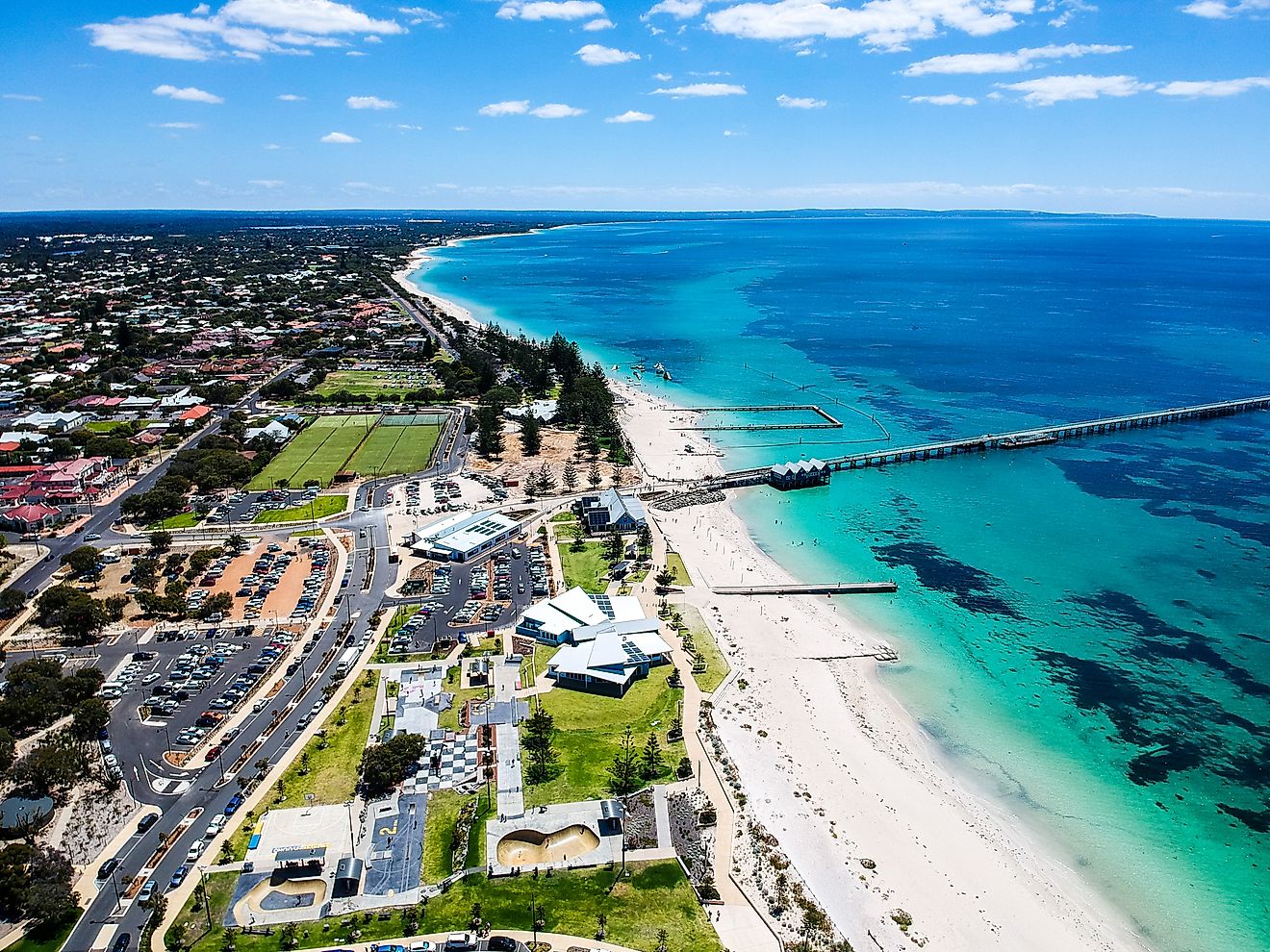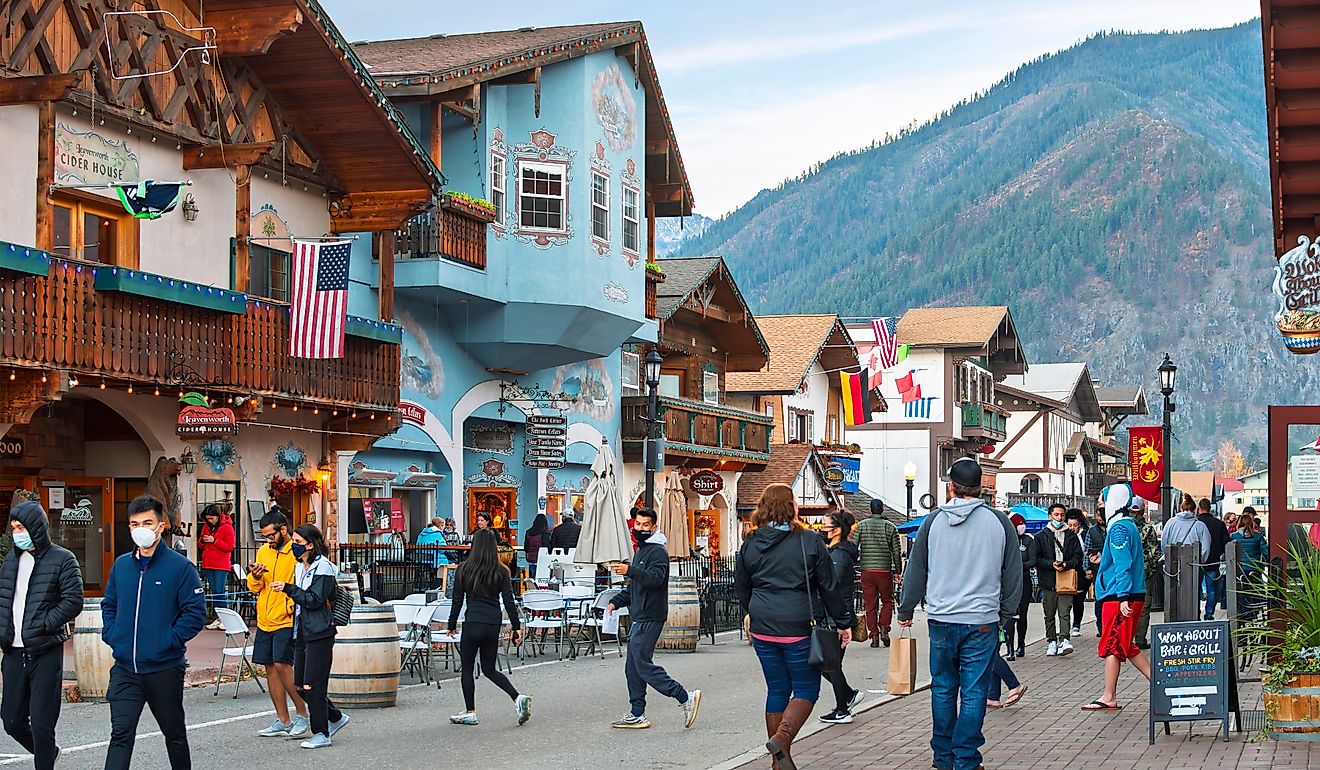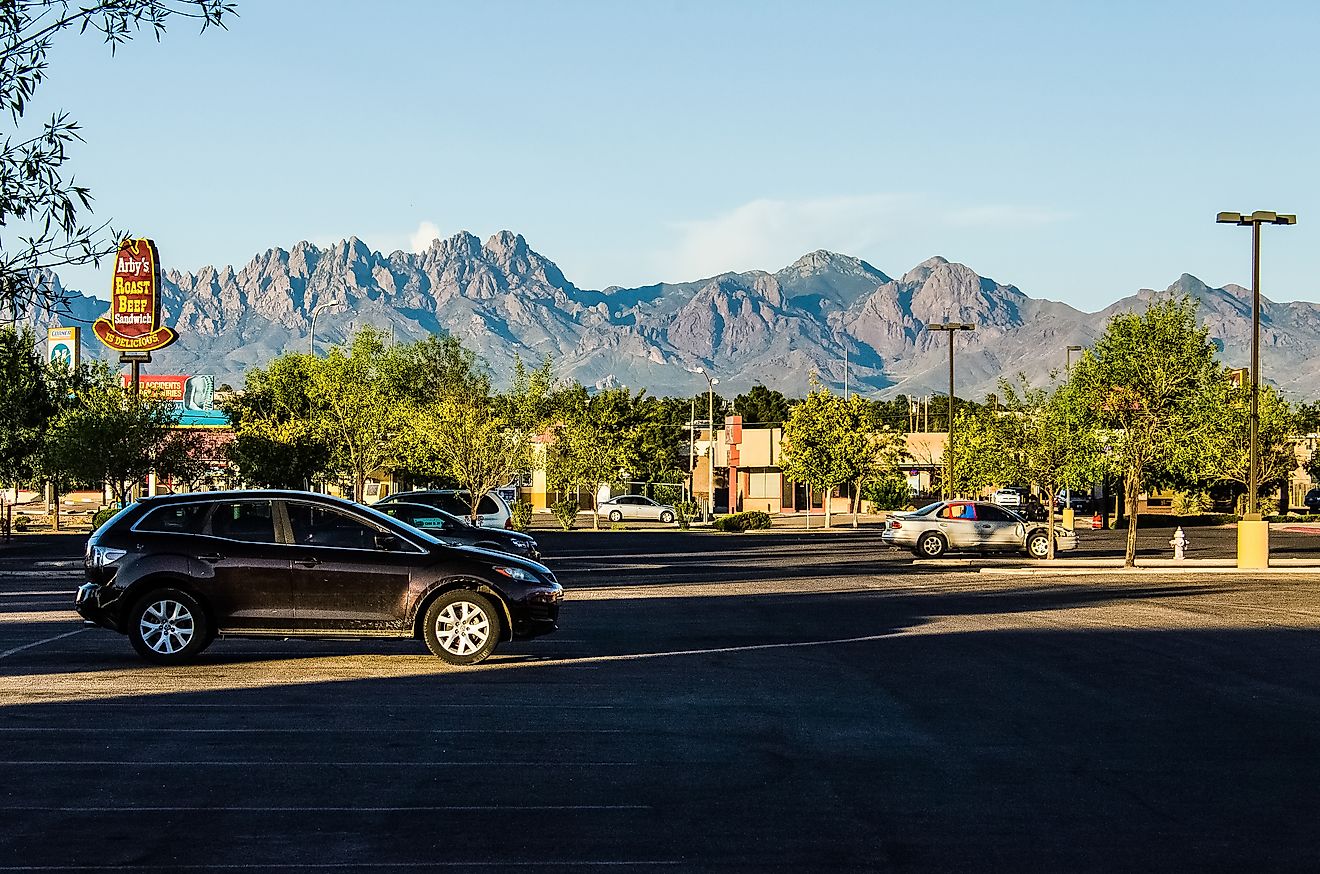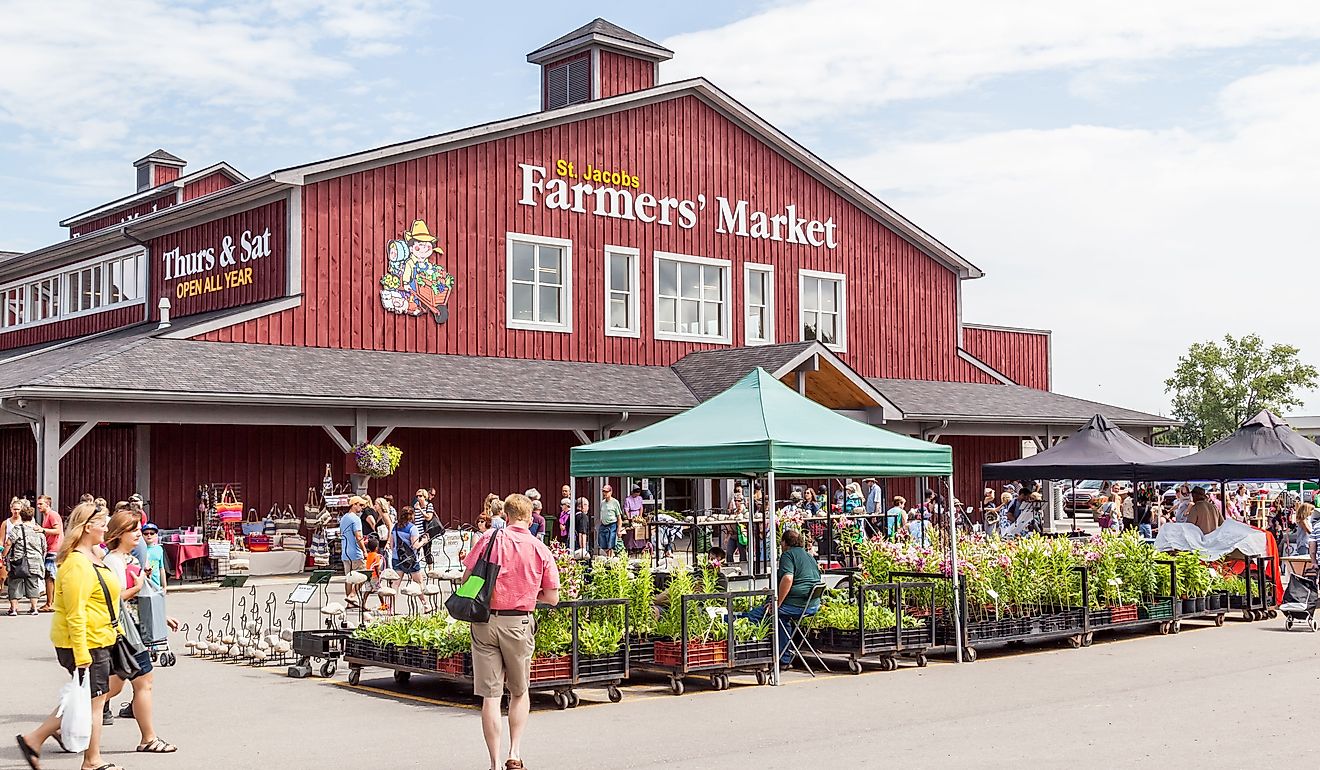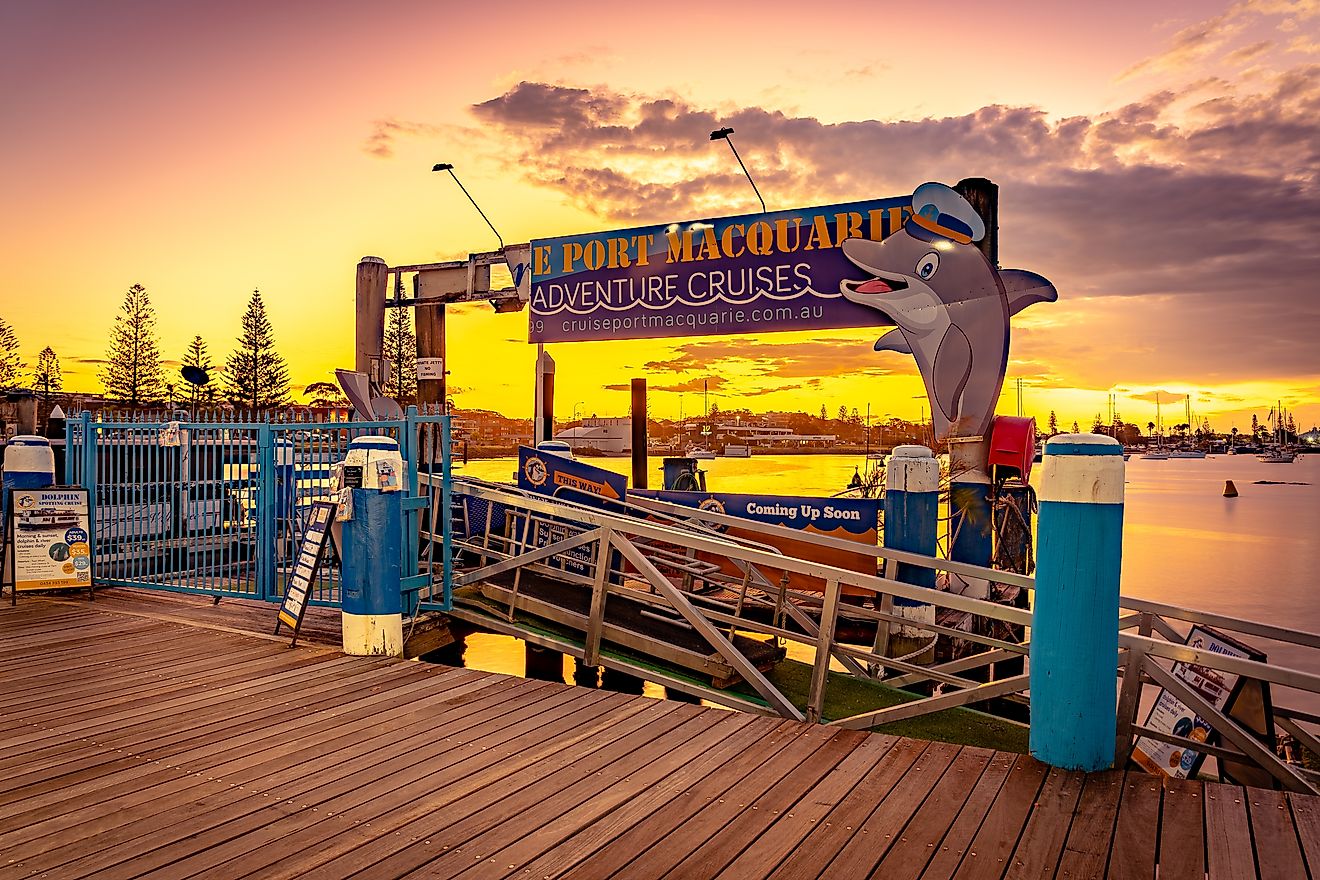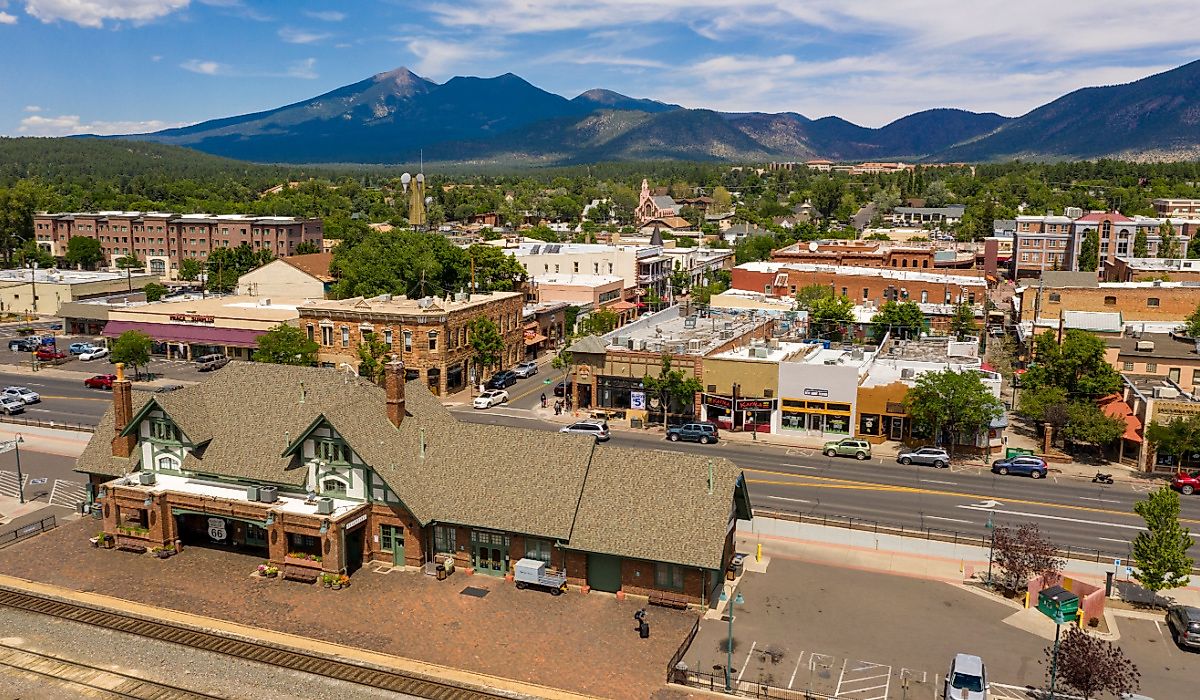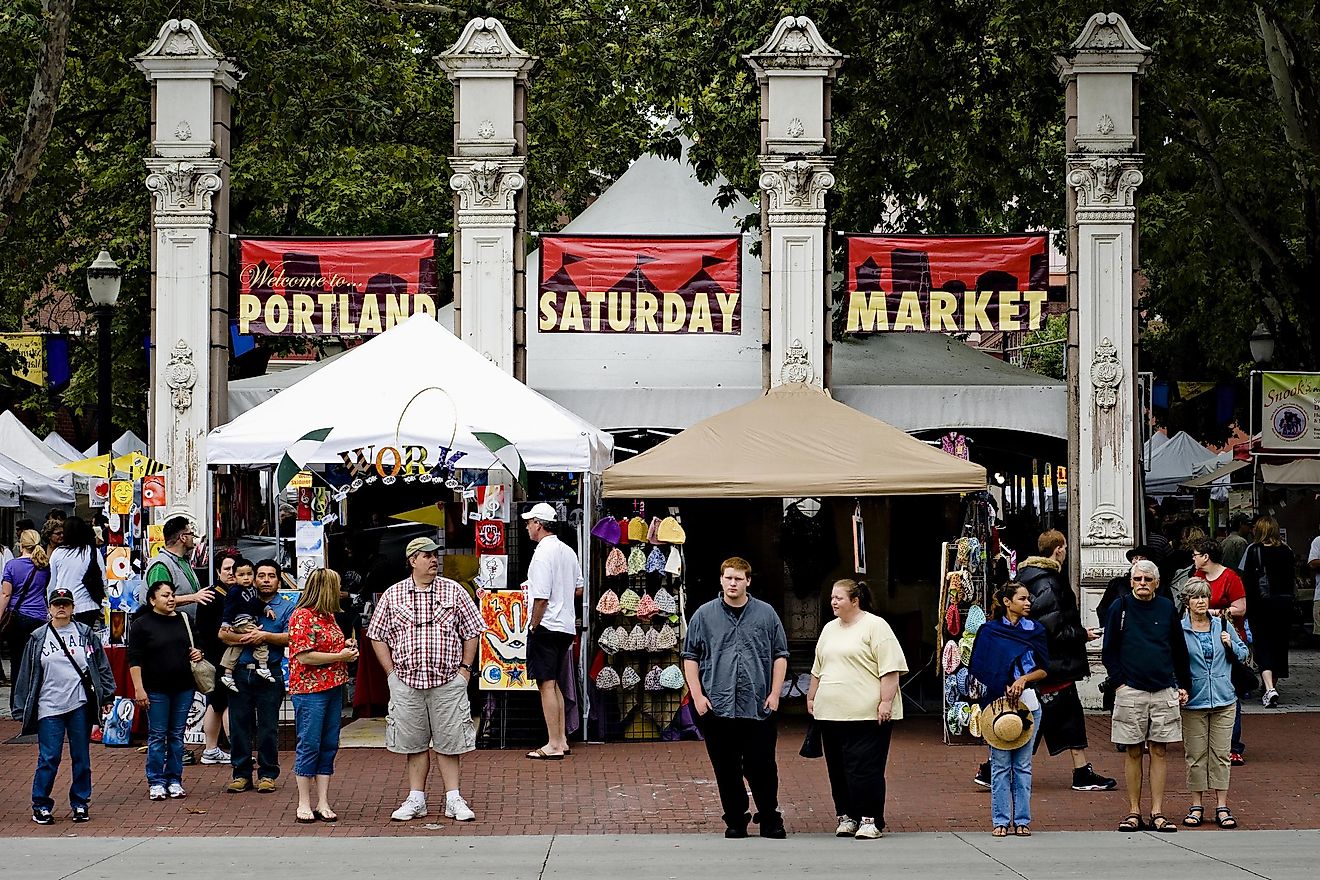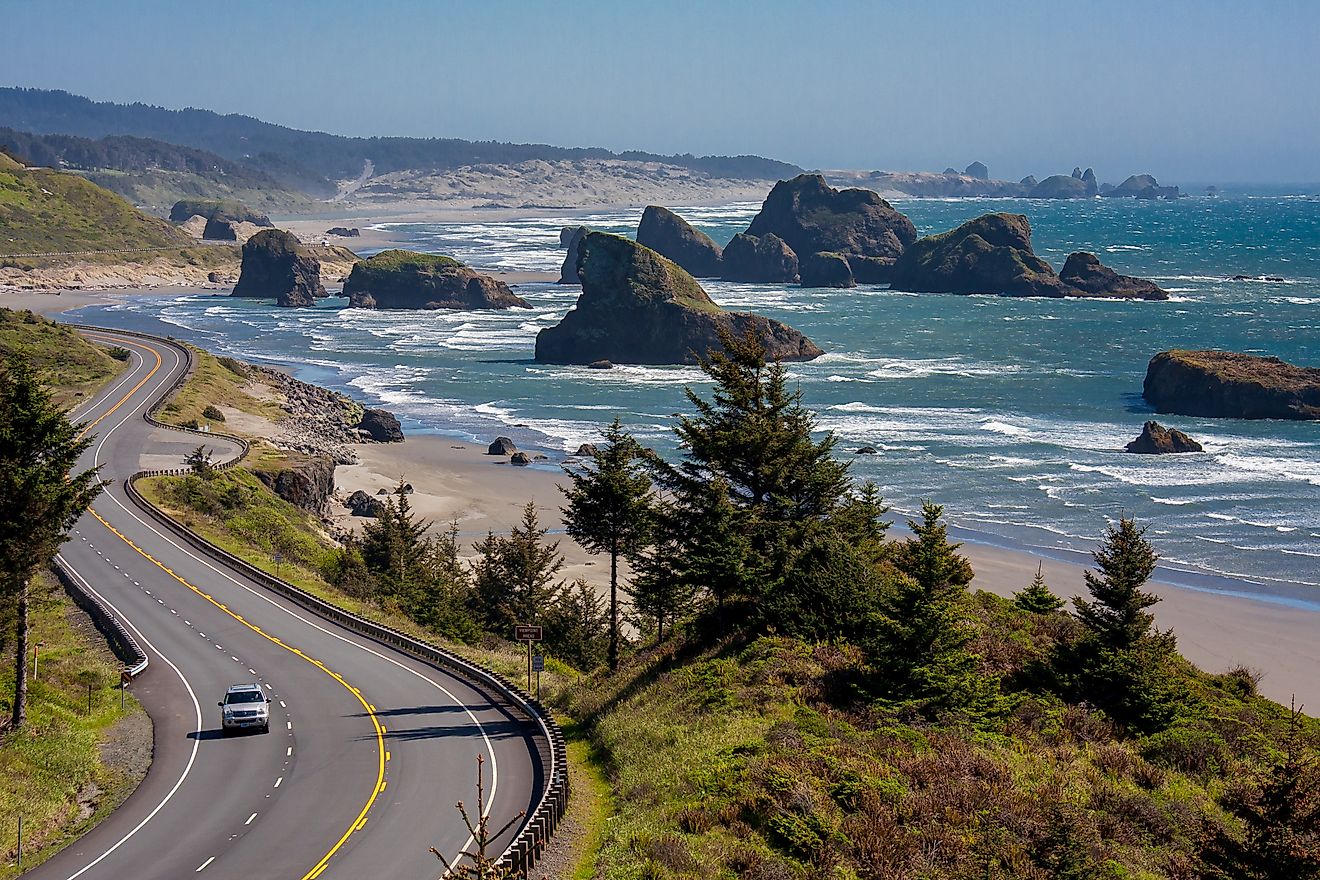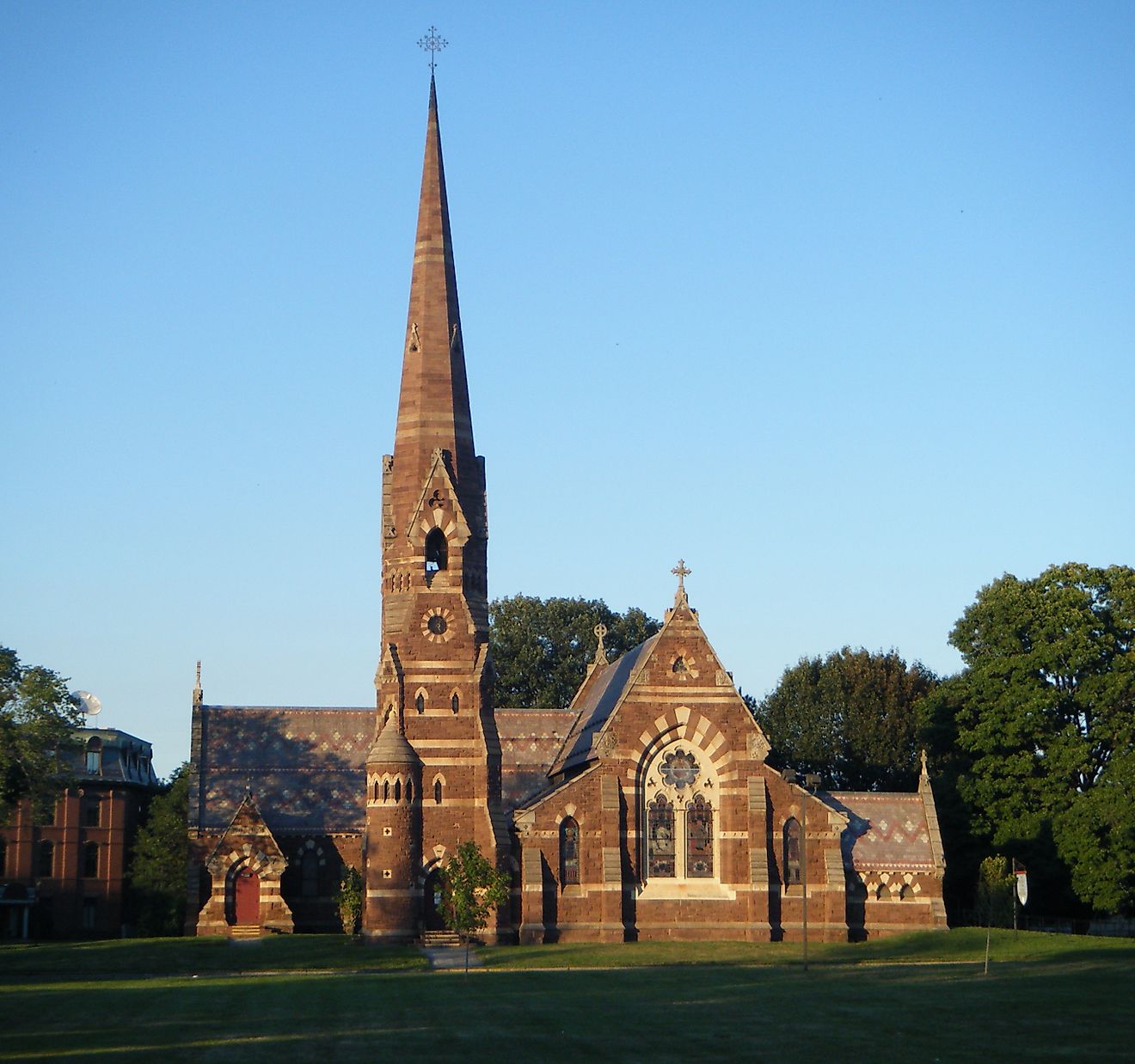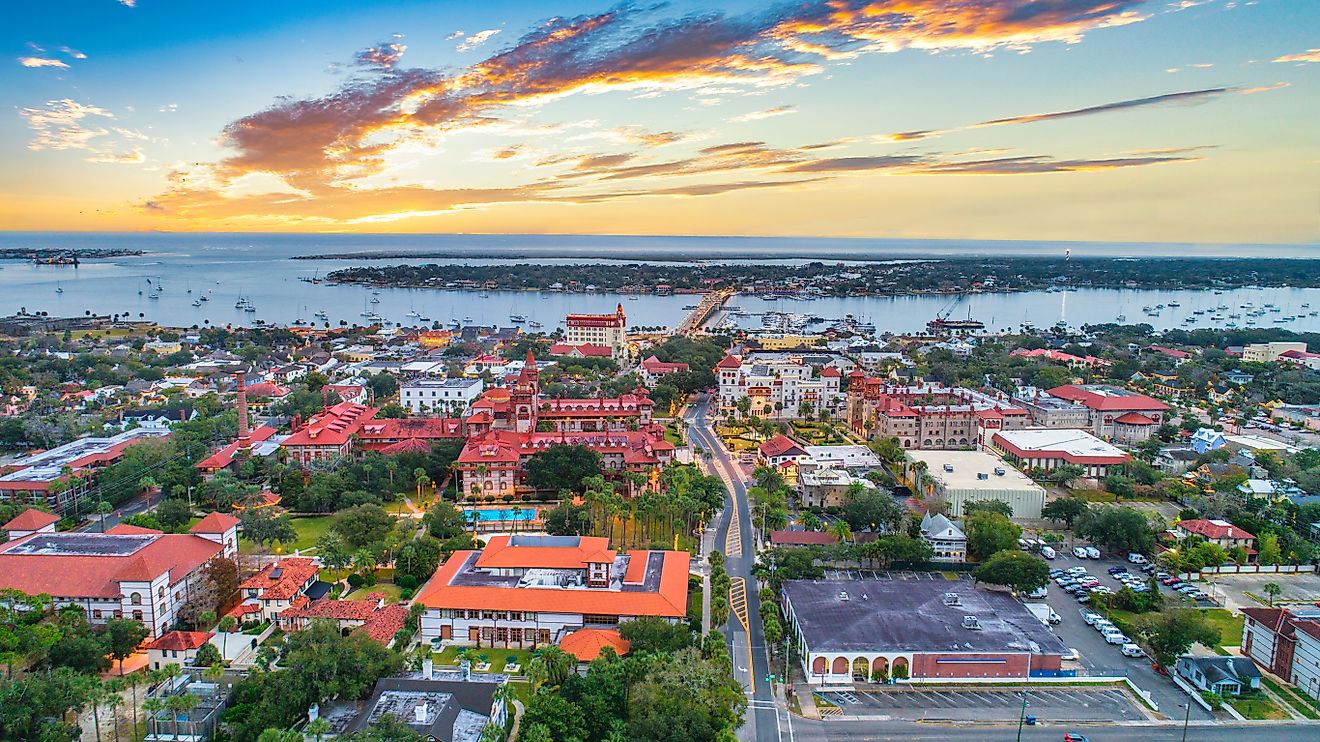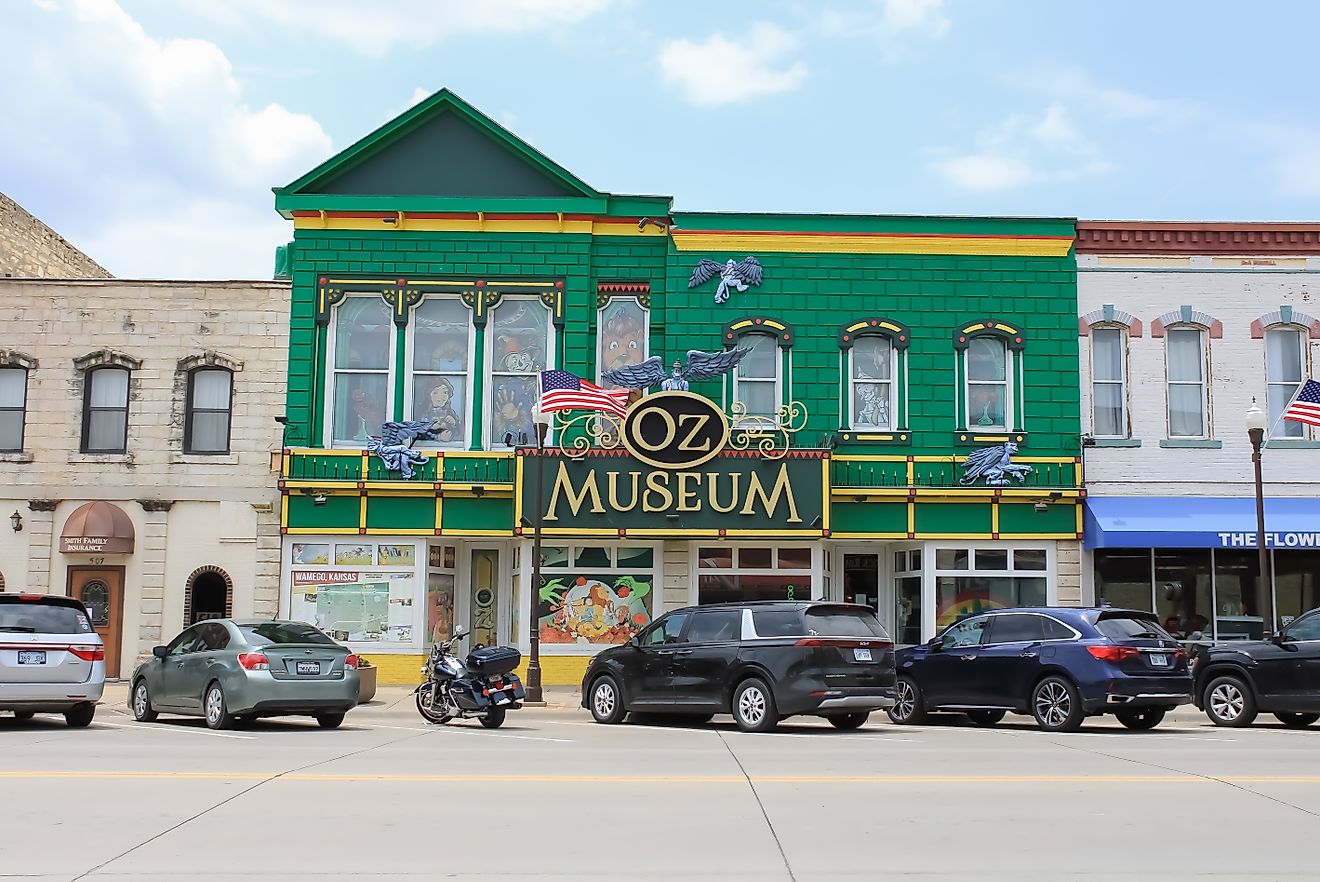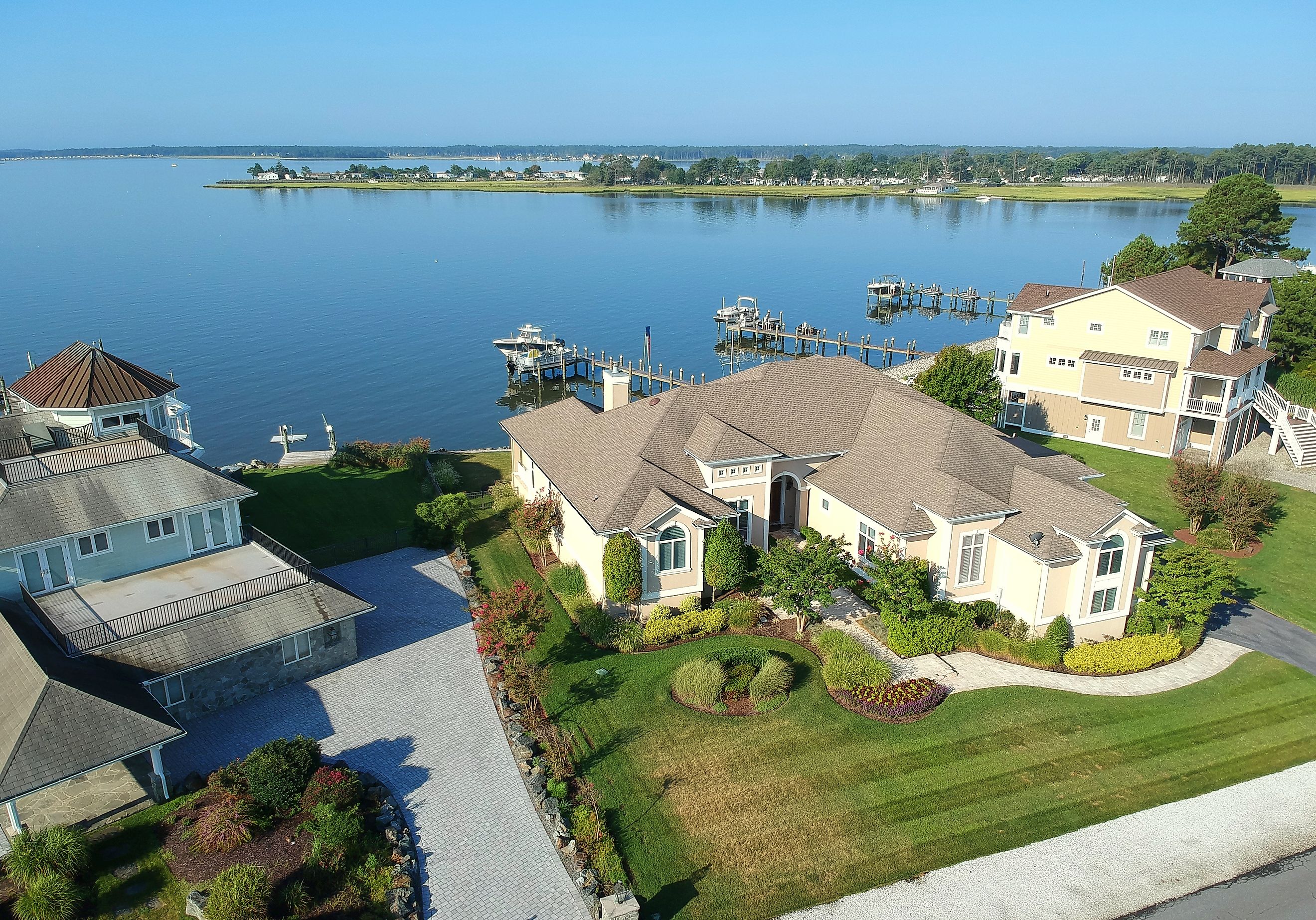
7 Must-See Historic Towns in Delaware
Delaware, being the first state to ratify the Constitution, has hundreds of years of statehood. Before that, it had nearly 150 years of colonial conflict. And even before that, it had thousands of years of Indigenous occupation. Most of that history is lost, but some are well-preserved in Delaware's towns, which have houses, inns, churches, colleges, statues, bunkers, battle sites, artifacts, and geological wonders from prior centuries and millennia. Learn where to find these first-rate historical attractions in The First State.
Newark
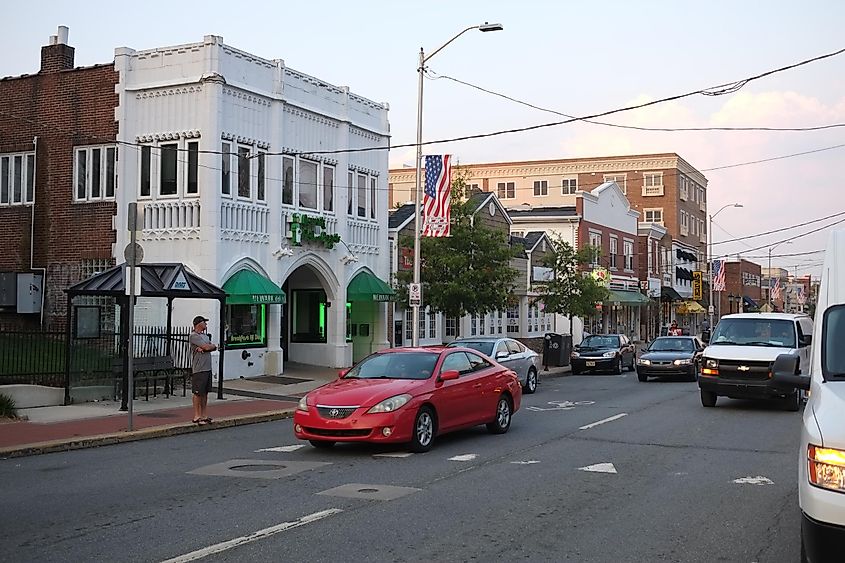
Home to over 30,000 people, Newark is one of the largest communities in Delaware, but for much of its history, it was an undersized town with oversized attractions. These included the Battle of Cooch's Bridge, a Revolutionary War skirmish that occurred just south of Newark in 1777 and is commemorated by the Pencader Heritage Museum, and the University of Delaware, which was established in Newark in 1765 and remains one of the 10 oldest colleges in America. Edgar Allan Poe lectured at the university, which was then called Newark Academy, in 1843 and allegedly stayed at St. Patrick's Inn. After a likely apocryphal Poe-caused curse and fire, St. Patrick's was rebuilt as Deer Park Tavern in 1851. It is still open - and its logo contains a raven.
Lewes
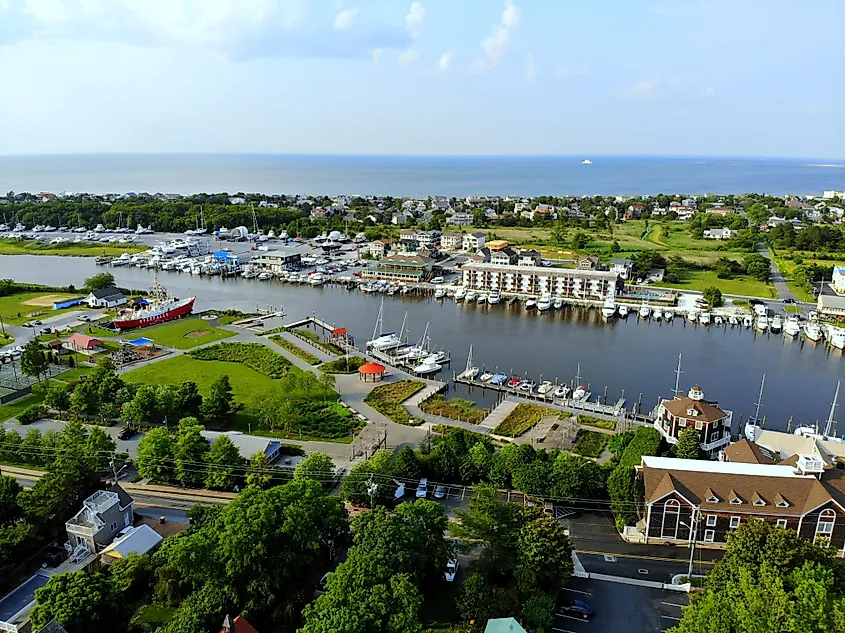
Lewes was the first European settlement in Delaware. Dutch whalers developed the seaside land from 1631 until they were massacred by Native Americans in 1632. Despite its brief reign, the Netherlands is well-represented in modern Lewes via Zwaanendael Museum, a Dutch-style building of Delaware artifacts named after the archaic Dutch name for the original colony ("swan valley" in English).
Lewes became the site of another seminal Delaware event in 1813 when a British naval squadron bombarded the tiny town as part of the War of 1812. Called the Bombardment of Lewes, it resulted in the death of a chicken, the maiming of a pig, and the smashed foundation of a house via cannonball. That house and cannonball are preserved at The Lewes Maritime Museum on Front Street. War again came to Lewes (or so it was feared) in 1939 when the US military built a fort at nearby Cape Henlopen to guard the coast from German warships. Obviously, none arrived, and the fort was decommissioned, but its towers and bunkers remain in present-day Cape Henlopen State Park to the delight of adventure seekers.
Milton
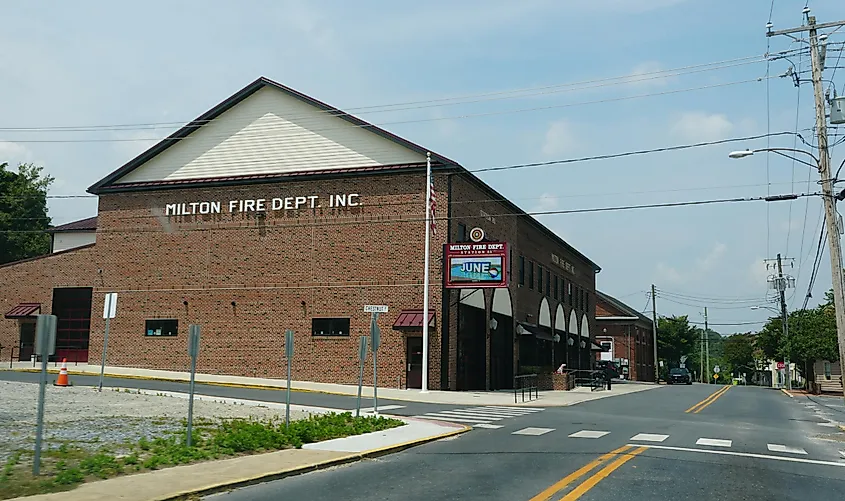
In prehistoric times, Native Americans first settled in the riverside enclave that would become Milton. English colonists arrived at the spot in the late 17th century and later formed a community called Head of Broadkiln for being at the head of the Broadkill River. Its name was changed to Milton in 1807. As an inland haven connected to the Delaware Bay, Milton developed around ship-building, which enabled prosperous townsfolk to construct Victorian and Gothic haunts that are still standing. Two of the oldest are the Governor David Hazzard House, whose earliest section dates to the late 1700s, and the R.L. Lacy House, which was reportedly built in 1820 by a ship captain. These are among 198 properties in the Milton Historic District, a huge swath of town designated a National Historic Place in 1982.
In 2004, Milton's Charter was amended to reference John Milton, the English Renaissance writer of Paradise Lost, for whom the town was allegedly named. Although he was not mentioned in the 1807 Name Change Act, his likeness pervades modern Milton, including Mill Park, in which a life-sized Milton statue sits on a bench overlooking Wagamons Pond. A trip to Milton is paradise gained.
Arden
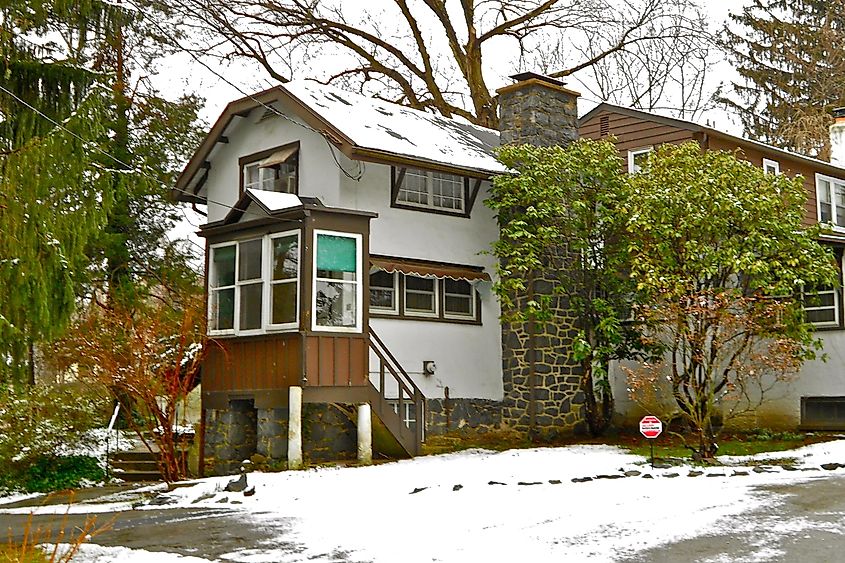
Arden was a turn-of-the-century utopian experiment that actually worked. In fact, after being founded in 1900 as communal, non-industrialized land with 99-year leases, it expanded to include Ardentown in 1922 and Ardencroft in 1950. Today, the Ardens have several hundred residents and retain the same principles and architecture on which they were founded. Peering through the lush Arden Woods and Sherwood Forest are The Second Homestead, an Old English-style home built in 1909 and designed by Arden co-founder William Lightfoot Price; Arden Craft Shop Museum, a collection of Ardenfacts housed in the former craft shop; and Frank Stephens Memorial Theater, an open-air performance space still in use and named for Arden's other founder. All these sites, plus hundreds more in all three villages (including the villages themselves), are listed on the National Register of Historic Places.
Rehoboth Beach
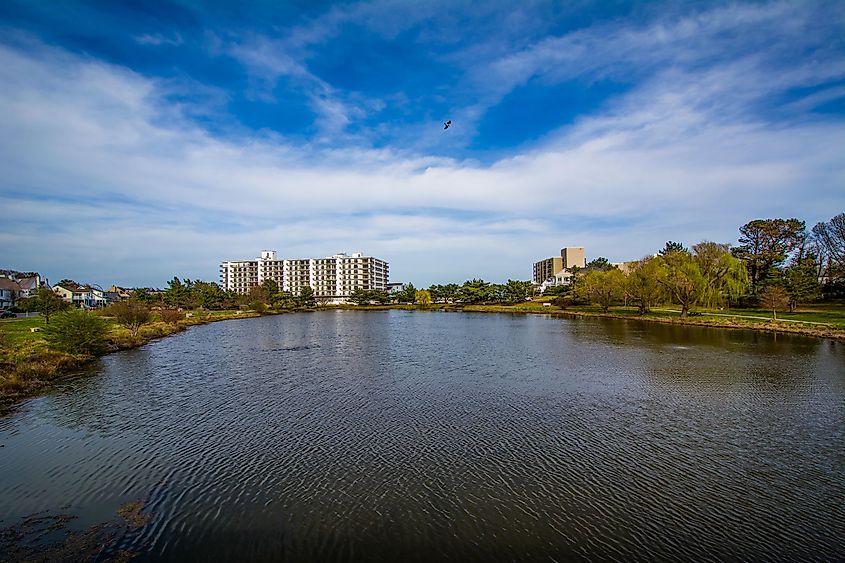
Delaware began as a bunch of shady land deals made by English politicians. Part of that land was modern-day Rehoboth Beach. This prime coastal real estate sat largely undeveloped for centuries until 1873 when Robert Todd, a Methodist Episcopal minister, allocated 414 acres to provide and maintain "a permanent camp meeting ground and Christian seaside resort, where everything inconsistent with Christian morality, as taught by the said church, shall be excluded and prohibited." The association operated along temperance lines, as it explicitly prohibited the sale of alcohol in an 1881 amendment. Dry Rehoboth Beach (then called Cape Henlopen City) was incorporated as a municipality in 1891.
Of course, Rehoboth is now one of the biggest party towns in Delaware, with such hedonistic haunts as Funland, Dogfish Head Brewings & Eats, and Diego's Bar & Nightclub. All Saints' Episcopal Church, built in 1893, and the Woman's Christian Temperance Union Fountain, erected in 1929, are pious remnants of an entirely different past.
New Castle
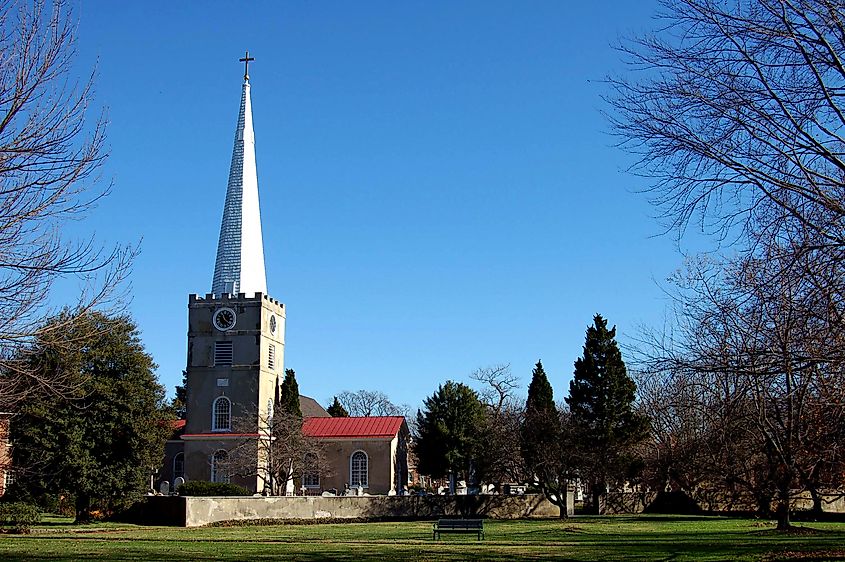
New Castle is one of the oldest communities in Delaware, having been founded by the Dutch West India Company in 1651. It switched colonial hands several times, going from the Dutch to the Swedes to the Dutch again to the Brits to the Dutch once more and then to the Brits again before becoming an American town in 1776. Three of the Declaration of Independence's signers were from New Castle.
Many pre-independence buildings survive in NC, like the Dutch House, a small dwelling dated to the late 1600s; New Castle Presbyterian Church, a still active place of worship erected in 1707; and New Castle Court House, which was built in 1732 and is now a historical museum. Ironically, it looks like an old castle.
Millsboro
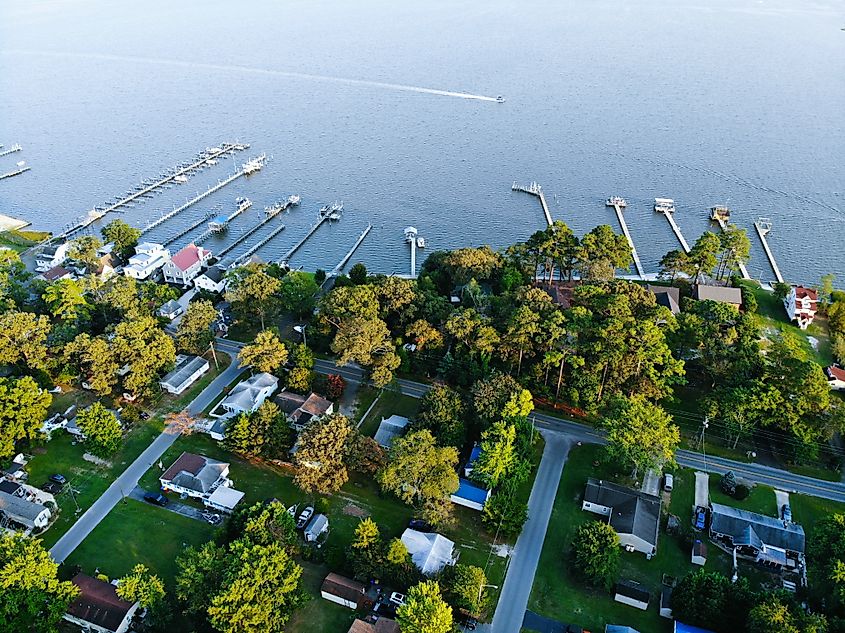
There were people living in what is now called Delaware for thousands of years before Europeans arrived. They had diverse languages, cultures, and industries. This often neglected history is preserved in Millsboro, the headquarters of the Nanticoke Indian Association. The Nanticoke Indian Center serves modern tribal members and hosts meetings, dinners, dances, and other community events, while the Nanticoke Indian Museum displays pottery, jewelry, spears, dolls, arrowheads, a lacrosse stick from 1840, and a Clovis point from 9,500 BC. Millsboro is also the site of an annual powwow put on by the Nanticoke since 1978. Keep checking the Nanticoke Indian Tribe website for 2024 dates.
The First State's first attractions are spread across small towns, which are some of the oldest settlements in America. Through Indigenous, Dutch, Swedish, British, and US occupation, the sites that became Newark, Lewes, Milton, Arden, Rehoboth Beach, New Castle, and Millsboro experienced so many iconic events. Thanks to museums, restoration services, and other historic preservation organizations, much of that history can be re-discovered today.
